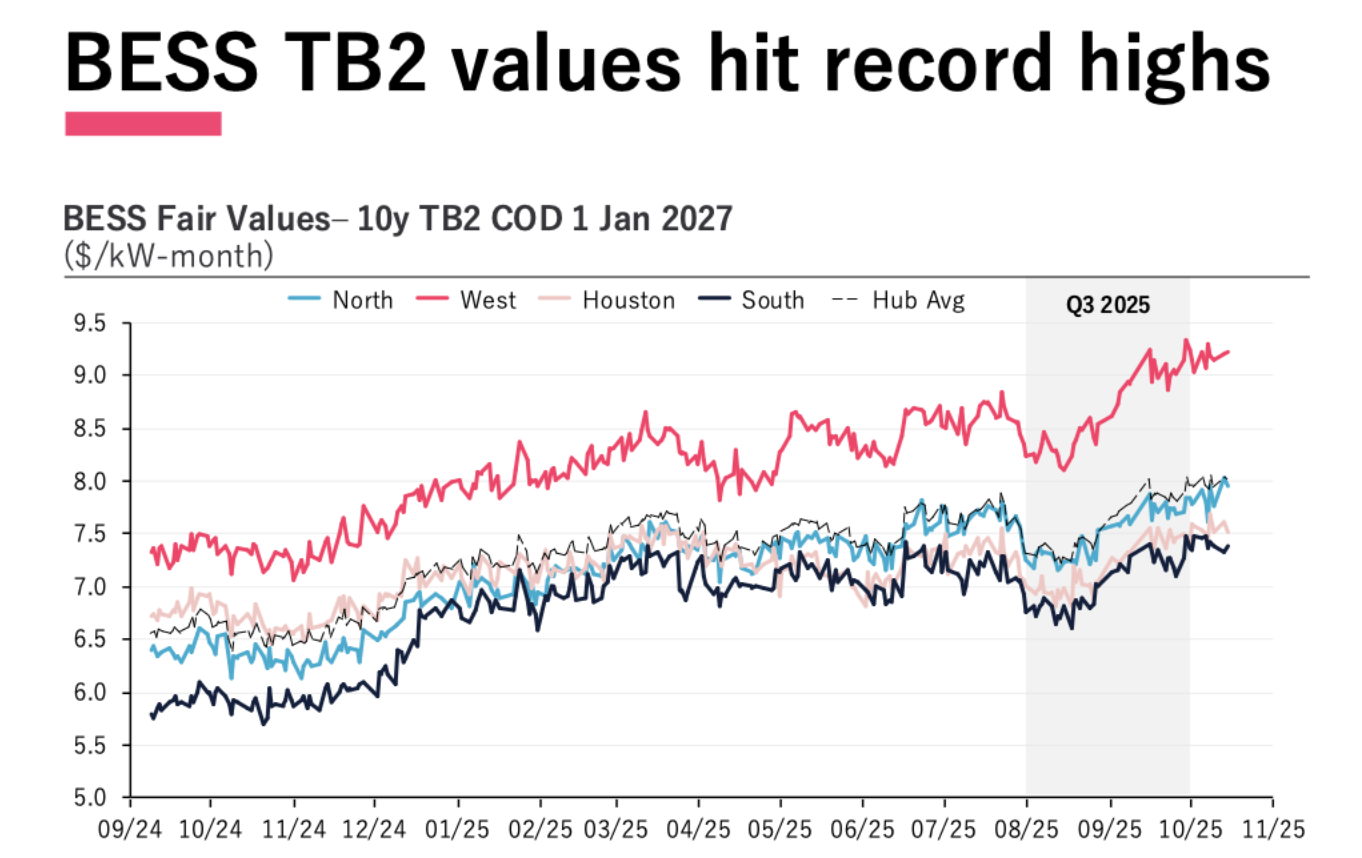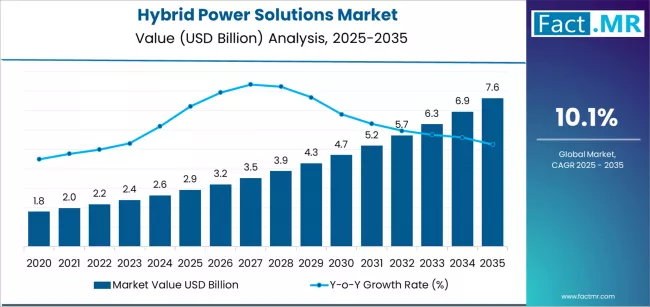Court Pauses New Energy Efficient Building Codes Amid Legal Challenge – Construction & Planning – United States – Mondaq

Report on Michigan Building Code Implementation and Sustainable Development Goals
Introduction: Legal Injunction Halts Progress on Sustainable Housing
A judicial order issued on July 7 by Judge James Robert Redford has stayed the implementation of Michigan’s updated Residential Building Code and Michigan Uniform Energy Code. This legal intervention, prompted by lawsuits from housing industry associations, creates a significant challenge to the state’s progress toward several key United Nations Sustainable Development Goals (SDGs), particularly SDG 7 (Affordable and Clean Energy), SDG 11 (Sustainable Cities and Communities), and SDG 13 (Climate Action).
The suspended codes, based on the 2021 International Residential Code (IRC) and International Energy Conservation Code (IECC), were intended to advance energy efficiency in new homes, directly supporting SDG 7 and SDG 13. However, the legal dispute highlights a critical conflict with SDG 11, as opponents argue the new standards undermine housing affordability.
Details of the Legal Challenge
The Home Builders Association of Michigan (HBAM) and the Michigan Manufactured Housing Association initiated legal action against the Michigan Department of Licensing and Regulatory Affairs (LARA) in June. The core arguments of the plaintiffs present obstacles to the adoption of sustainable building practices.
- Economic Viability and SDG 11: The primary complaint alleges that the code updates do not meet the “cost-effective” analysis required by Michigan law, which mandates a 7-year recovery period for the cost of improvements. This argument pits short-term construction costs against the long-term energy savings and climate benefits central to SDG 7 and SDG 13.
- Procedural Compliance: The lawsuit also claims that the process for proposing the code changes failed to adhere to the state’s Administrative Procedures Act.
As a result of the stay, LARA is required to suspend implementation and remove access to the 2021 Residential Code Book from its official website.
Socio-Economic Impact and Competing SDG Priorities
The controversy underscores a fundamental tension between different targets within the Sustainable Development Goals framework.
Impact on SDG 11: Sustainable Cities and Communities
The primary concern raised by builders is the impact on housing affordability, a cornerstone of SDG 11.
- Increased Construction Costs: Builders project that the new codes, which include requirements for R-60 ceiling insulation and sprinkler systems, could increase the cost of a 2,000-square-foot home by approximately $16,000.
- Reduced Housing Accessibility: This cost increase could price many potential buyers out of the market, exacerbating housing shortages and working against the goal of inclusive and sustainable communities.
- Decreased Housing Production: HBAM noted that single-family home construction in Michigan had already declined by nearly 8% in 2023 compared to 2022, cautioning that higher costs from new codes could further suppress housing supply.
Impact on SDG 7 and SDG 13: Clean Energy and Climate Action
The delay in implementing the 2021 IECC directly impedes progress on environmental sustainability goals.
- Stagnation of Energy Efficiency: The purpose of the IECC is to reduce energy consumption in buildings, which is a critical strategy for achieving SDG 7 (Affordable and Clean Energy). Delaying its adoption means new homes will be built to less efficient, outdated standards.
- Setback for Climate Action: By improving energy efficiency, modern building codes reduce the carbon footprint of the residential sector. The injunction represents a missed opportunity to mitigate climate change in alignment with SDG 13.
Future Outlook and Pathways to Resolution
Advancing Sustainability Through Modernized Codes
While the current legal battle creates uncertainty, it also presents an opportunity to evaluate more advanced solutions that could better reconcile the competing SDG priorities. The International Code Council (ICC) has already released the 2024 editions of the IRC and IECC, which may offer a more balanced path forward.
Adopting the 2024 IECC could represent a superior strategy for achieving a holistic vision of sustainable development for Michigan by:
- Enhancing Energy Savings: The 2024 IECC is projected to improve energy cost savings by 6.6% over the 2021 edition, further advancing SDG 7 and SDG 13.
- Increasing Builder Flexibility: The updated code provides a wider range of compliance options, which can help minimize increases in construction costs.
- Balancing Affordability and Sustainability: This flexibility could mitigate the economic impact on builders and homebuyers, creating a better alignment between the affordable housing targets of SDG 11 and the climate and energy goals of SDG 7 and SDG 13.
The resolution of this lawsuit will determine Michigan’s path, either maintaining outdated standards or embracing modern codes that support a more sustainable, resilient, and equitable future.
SDGs Addressed in the Article
SDG 7: Affordable and Clean Energy
- The article focuses on the implementation of the Michigan Uniform Energy Code and the International Energy Conservation Code (IECC). These codes are explicitly designed to “increase energy efficiency in homes,” which is a core component of ensuring sustainable energy. The article also mentions that the 2024 IECC is projected to result in significant “energy cost savings,” directly linking to the affordability aspect of energy.
SDG 9: Industry, Innovation and Infrastructure
- The discussion revolves around updates to the Residential Building Code and the Michigan Uniform Energy Code. These codes represent regulations for the construction industry and the development of residential infrastructure. The article highlights the process of adopting modern, efficient standards (the 2021 and 2024 editions of the IRC and IECC) to upgrade infrastructure, making it more sustainable and resilient.
SDG 11: Sustainable Cities and Communities
- A central theme is the impact of the new building codes on housing affordability. The article states that builders project a “$16,000 increase in the cost to build a typical 2,000 square foot home,” which could be “pricing more Michiganders out of home ownership.” This directly addresses the challenge of ensuring access to affordable housing, a key element of sustainable communities.
SDG 13: Climate Action
- By aiming to increase energy efficiency in homes, the proposed energy codes (IECC) serve as a climate change mitigation measure. Reduced energy consumption in buildings leads to lower greenhouse gas emissions. The article discusses the adoption of these codes as a state-level policy, which aligns with integrating climate change measures into national and sub-national planning.
Specific SDG Targets Identified
SDG 7: Affordable and Clean Energy
- Target 7.3: By 2030, double the global rate of improvement in energy efficiency. The article’s entire focus on implementing the 2021 and 2024 editions of the International Energy Conservation Code (IECC) is a direct effort to improve energy efficiency in the residential sector.
SDG 9: Industry, Innovation and Infrastructure
- Target 9.4: By 2030, upgrade infrastructure and retrofit industries to make them sustainable, with increased resource-use efficiency and greater adoption of clean and environmentally sound technologies and industrial processes. The proposed updates to the Residential Building Code and Michigan Uniform Energy Code are a clear attempt to upgrade the standards for new residential infrastructure, mandating more energy-efficient and sustainable building practices.
SDG 11: Sustainable Cities and Communities
- Target 11.1: By 2030, ensure access for all to adequate, safe and affordable housing and basic services. The article highlights the conflict between energy efficiency goals and housing affordability, citing the projected “$16,000 increase in the cost to build” and the risk of “pricing more Michiganders out of home ownership.” This directly relates to the challenge of providing affordable housing.
SDG 13: Climate Action
- Target 13.2: Integrate climate change measures into national policies, strategies and planning. The state’s attempt to adopt and implement the International Energy Conservation Code is a specific example of integrating climate change mitigation measures (via energy efficiency) into state-level policy and regulatory frameworks for the construction industry.
Indicators for Measuring Progress
Indicators for Target 7.3 (Energy Efficiency)
- Energy efficiency improvements in new constructions: The article implies this can be measured by the specific code being implemented. It explicitly mentions the “2024 IECC is projected to result in an energy cost savings of 6.6% compared to the 2021 IECC.” This percentage of energy savings is a direct indicator of progress.
- Adoption of specific energy-saving technologies: The article mentions the proposed requirement for “R-60 insulation in ceilings” as a specific, measurable standard within the new code.
Indicators for Target 11.1 (Affordable Housing)
- Cost of new home construction: The article provides a specific monetary figure: a projected “$16,000 increase in the cost to build a typical 2,000 square foot home.” This cost increase serves as a direct indicator of housing affordability challenges.
- Rate of new housing construction: The article cites data from the U.S. Census Bureau that “single family home construction in our state shrunk by nearly 8% in 2023 compared to 2022.” This percentage change is a key indicator of housing supply, which affects affordability.
Indicators for Target 9.4 and 13.2 (Sustainable Infrastructure and Climate Policies)
- Adoption of updated building and energy codes: The primary indicator is the legal status of the codes. The article is centered on the “Order staying implementation of the Residential Building Code and Michigan Uniform Energy Code updates.” The successful adoption and enforcement of the “2021 edition of the International Residential Code (IRC)” and the “2021 edition of the International Energy Conservation Code (IECC)” would be the measure of progress.
Summary of Findings
| SDGs | Targets | Indicators |
|---|---|---|
| SDG 7: Affordable and Clean Energy | 7.3: By 2030, double the global rate of improvement in energy efficiency. |
|
| SDG 9: Industry, Innovation and Infrastructure | 9.4: By 2030, upgrade infrastructure and retrofit industries to make them sustainable… |
|
| SDG 11: Sustainable Cities and Communities | 11.1: By 2030, ensure access for all to adequate, safe and affordable housing… |
|
| SDG 13: Climate Action | 13.2: Integrate climate change measures into national policies, strategies and planning. |
|
Source: mondaq.com

What is Your Reaction?
 Like
0
Like
0
 Dislike
0
Dislike
0
 Love
0
Love
0
 Funny
0
Funny
0
 Angry
0
Angry
0
 Sad
0
Sad
0
 Wow
0
Wow
0


-1920w.png?#)





































































